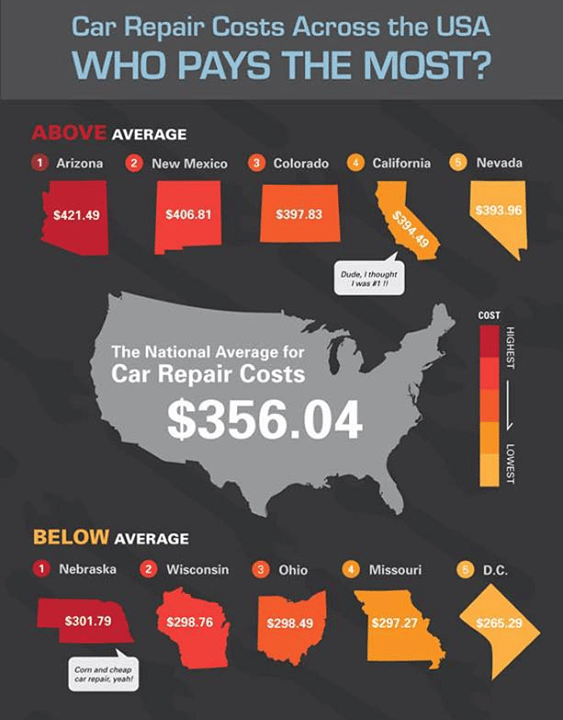Translating Your Vehicle'S Alert Lighting: Their True Effects
Translating Your Vehicle'S Alert Lighting: Their True Effects
Blog Article
Write-Up By-Lauritsen Winters
When you're behind the wheel, those radiant caution lights on your control panel can be a bit complicated. Do you recognize what they're attempting to inform you concerning your automobile's health? Comprehending the value of these lights is crucial for your security and the longevity of your car. So, the following time among those lights turns up, wouldn't you intend to decode its message precisely and take the essential steps to address it?
Common Warning Lighting and Interpretations
Determine common caution lights in your cars and truck and recognize their definitions to ensure risk-free driving.
The most normal warning lights consist of the check engine light, which signifies problems with the engine or emissions system. If this light comes on, it's essential to have your car checked immediately.
The oil pressure cautioning light shows reduced oil stress, needing instant interest to avoid engine damage.
A blinking battery light may suggest a faulty billing system, potentially leaving you stranded otherwise addressed.
The tire stress tracking system (TPMS) light signals you to reduced tire pressure, impacting car stability and gas performance. Ignoring this can bring about harmful driving conditions.
The abdominal light suggests a trouble with the anti-lock braking system, compromising your ability to stop rapidly in emergency situations.
Finally, the coolant temperature level warning light warns of engine getting too hot, which can result in extreme damages otherwise resolved promptly.
Understanding these typical warning lights will certainly help you attend to problems without delay and maintain risk-free driving conditions.
Importance of Prompt Interest
Comprehending the common caution lights in your car is just the first step; the relevance of immediately dealing with these warnings can't be emphasized enough to ensure your security on the road.
When a caution light illuminates on your dashboard, it's your cars and truck's method of communicating a prospective problem that needs focus. Ignoring these warnings can bring about much more severe problems later on, endangering your safety and potentially costing you a lot more in repairs.
Prompt attention to alerting lights can avoid malfunctions and crashes. For example, a flashing check engine light could suggest a misfire that, if left unattended, could create damage to the catalytic converter. Addressing https://zanderwmcti.blog-kids.com/31397128/do-you-intend-to-discover-outstanding-automobile-service-center-that-are-close-to-you can save you from an expensive repair service.
In https://oil-change-prices-near-me40617.newbigblog.com/37269115/keen-to-reveal-just-how-automation-and-robotics-are-reshaping-the-automobile-outlining-landscape , a brake system advising light may indicate reduced brake fluid or used brake pads, important elements for your security when driving.
Do It Yourself Troubleshooting Tips
If you discover a warning light on your dashboard, there are a couple of do it yourself troubleshooting pointers you can try before looking for professional help.
The first step is to consult your vehicle's manual to comprehend what the specific warning light indicates. Sometimes mobile cut and polish can be as easy as a loosened gas cap setting off the check engine light. Tightening the gas cap might solve the trouble.
Another typical concern is a low battery, which can trigger different alerting lights. Inspecting the battery links for rust and ensuring they're secure may deal with the problem.
If a warning light continues, you can try resetting it by separating the cars and truck's battery for a few mins and afterwards reconnecting it. Additionally, inspecting your vehicle's fluid degrees, such as oil, coolant, and brake liquid, can aid repair warning lights connected to these systems.
Final thought
In conclusion, understanding your cars and truck's warning lights is vital for keeping your car running efficiently and securely. By immediately addressing these alerts and understanding what they suggest, you can prevent pricey repairs and potential malfunctions.
Keep in mind to consult your car's manual for specific details on each advising light and act accordingly to make certain a trouble-free driving experience.
Stay educated, remain risk-free when driving!
